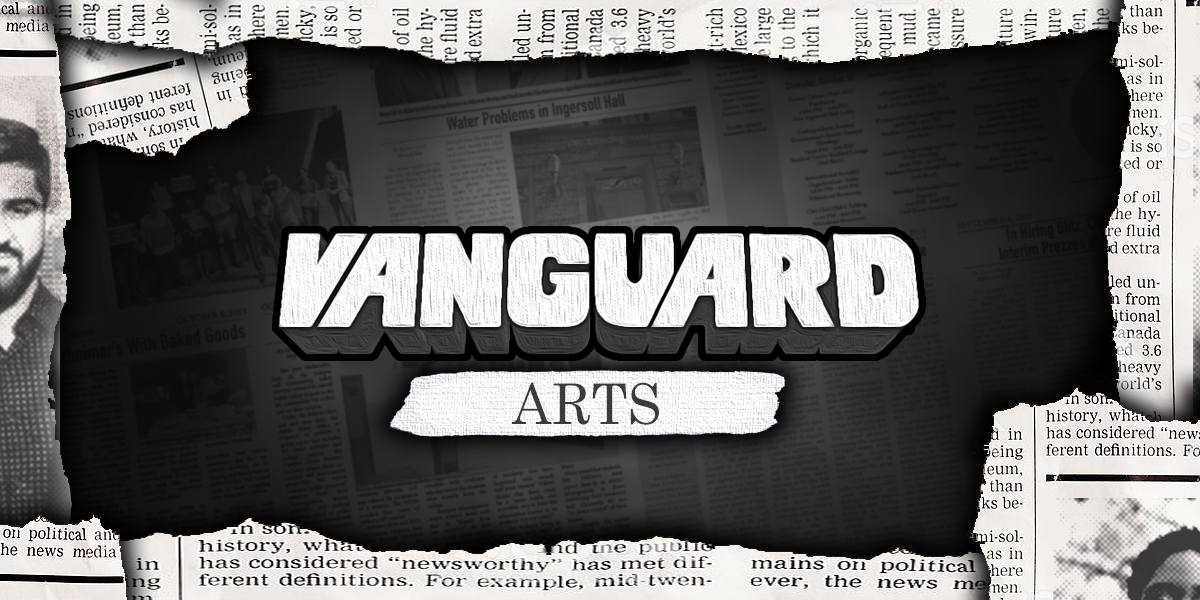
How is the Art Department at Brooklyn College handling the new distance-learning curriculum? According to the department’s Deputy Chair, Professor Jennifer Ball: like artists would.
“Art is about solving problems,” said Ball. “We have professors who are trying to mail students supplies, others are using platforms like Instagram and Wetransfer for critiques. I’m really seeing the ingenuity of my colleagues through this.”
While there’s an air or leniency towards expectations for students, the department’s faculty is working hard to finish out the semester in the most learning-conducive and effective way possible.
This semester, Ball is teaching two independent studies, as well as an undergraduate course with twenty-nine students. For the art historian, who’s also an advisor and overseer for the art department’s adjunct professors, the move to online courses has been challenging, but not impossible. After using the initial instructional recess to figure out the best plan of online-action, she settled on using Zoom for lectures and to account for the lost in-person class time.
Professor Ball also noted that programs such as the college’s Carroll and Milton Petrie Student Emergency Grant Fund, which offers up to $1,500 for eligible students who are in immediate, non-recurring emergencies, should not be overlooked.
After Wednesday, Mar. 11, when students and staff were informed that classes would resume entirely online for the remainder of the semester, faculty got to work on how to efficiently carry out their teaching duties. The distance-learning method, which has been adopted by schools from the elementary to the university level all over the country, poses an especially challenging problem for the art department.
Another art history professor and lecturer, Malka Simon, stresses the importance of being as flexible as possible with students’ work and attendance.
“It’s difficult for me, with five people in the house all streaming and whatnot, we had to upgrade our internet. But there are students who don’t even have Wi-Fi,” said Simon. “It’s frustrating and confusing all around.”
The architecture historian has been using Zoom once a week for her twice-a-week classes, in order to check in with students and to more thoroughly go over the lectures, which are given to students as PowerPoints embedded with audio. While Zoom seems to be the go-to solution to the complete loss of a physical classroom, it’s not always ideal when faculty or students live with many people, including small children.
“While some students are thankful for our class meetings because they’re so bored and stuck at home, there are others who really are struggling right now. How demanding am I supposed to be at this moment?” asked Simon.
For both Ball and Simon, the most important thing is to be understanding with their students’ time and potential lack of resources, while still carrying out a fruitful, educational semester.
This is no easy feat, especially for fine arts professors, whose classes often require their students to create physical objects.
For adjunct Tahir Karmali, who teaches a Basic 3-D Design course, the situation seemed to make itself clear before the March 11th announcement.
“I had already prepared my class for this, the eventuality of not having anything physical, or actual objects,” said Karmali. “What I wasn’t prepared for was doing classes over Zoom, but I just went ahead and downloaded it.”
Karmali’s method is to split the class into groups, based on their answers to a Google Form sheet which he distributed during the first recess after the move to online-learning was made. These groups were geared towards the students’ final project, which Karmali reformulated into three options: use online museum collections; come up with a design proposal which encompasses a budget and production timeline; or create art objects and/or explore a material process which is closer to the original (pre-corona) project.
Karmali is encouraging his students to use household objects in their work, an option he admits isn’t necessarily on the table for courses which require more specialized materials.
“It’s really hard for people who don’t have the freedom to restructure in the way that I do. If you’re teaching etching, what the hell are you gonna do?” said Karmali. “My students will be fine, they have my phone number if they need to directly contact me. I’m trying my best to make time for my students, some of them are going through things at home which they simply cannot control.”
All campus events have been cancelled, including the Art Department’s Open Studios, previously scheduled to take place on April 3rd, as well as the April 23rd opening reception of Respond BC, and many other arts-related events.
